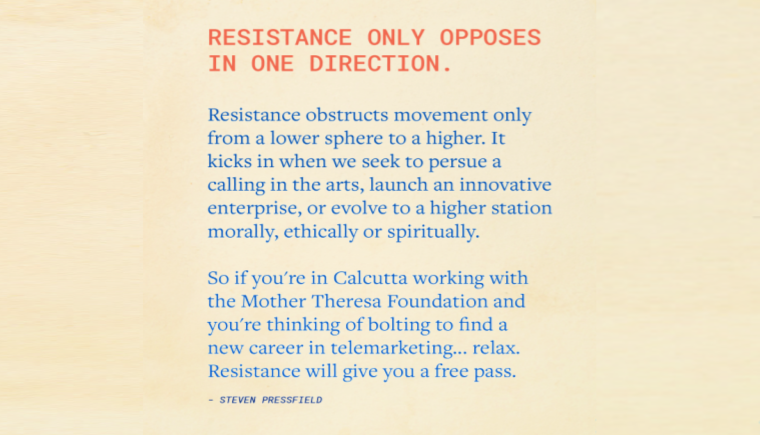
Are you out of office shape?
You know the signs:
- Even a new podcast or your favorite song can’t brighten up your commute.
- Polite chit chat at the water cooler drains you.
- You’re not really looking forward to going out to grab lunch.
- You miss your joggers/yoga pants.
- TGIF has never meant so much to you.
Angie and I have a unique vantage point as executive coaches to leaders all around the globe. We get to see the return to office movement playing out in real-time within a variety of industries and organizations. While we work with leaders who never left their office due to the essential nature of their jobs, many of our clients are now engaging in return to office initiatives. Most organizations are starting slowly, requiring employees to be back in the office for one or two days. A few are working up to a full five days in the office, and there are others that are beginning (or continuing) the era of hybrid work.
What I hear consistently from clients is that going back to the office is a very real, and very challenging, transition – logistically and emotionally. Even those who thought it was going to be no big deal have found it to be a bit different than they expected.
As you, or someone you care about, heads back to the office, here’s guidance for doing so with success:
Recognize that it is a transition. Take time to plan and coordinate the restart of your go-to-office routine. Visualize and prepare for your schedule, your commute, your plans for lunch, and even where you’ll park or which bus route you’ll take. Allow extra time for friction at home, during your commute, and in the office itself. Something as simple as an inactive security badge can take time to resolve. By planning for friction, you’ll minimize stress.
Be sensitive to the emotional needs of others. Anxiety is one of the most common emotions surrounding the re-entry to working spaces. If you aren’t feeling anxious, be aware that many of your colleagues are. A pandemic is a collective trauma. While we shared the experience, our responses then and now can be very different. Give others the space they need to acclimatize to a way of working that might feel very odd, off, or disjointed now. And if you are feeling anxious, share your thoughts and feelings with others you trust as you work through the change.
Pace yourself. The week one return to office experience (complete with the free lunches many companies are offering) is likely going to be very different than your week 17 experience. Staying open and flexible is key. Some days you’ll enjoy the reengagement, other days you might just want to run back to your home office as fast as possible. Many of those that are already well into their office return have found a productive balance to their weeks, and most employers (even those who started their return to office plans with insistence on maximum structure) have flexed as the reality of returning workers to buildings has unfolded. For many of us, the way we work has changed significantly. With a steady pace and a lot of grace for the adjustment process, you’ll find ways to incorporate the best parts of working in new ways with what you valued about the office in the past.
As you navigate any upcoming changes to how you work, I encourage you to reflect on all the upheaval of the past 18 months. Not only did you survive it, but you’re also stronger for it. Embrace that strength and resilience as you move through this next challenge, knowing that better is not only possible, you’ll find ways to make it happen.
If you found this article valuable, click here to sign up for our free, weekly newsletter to get timely leadership tips.




























































